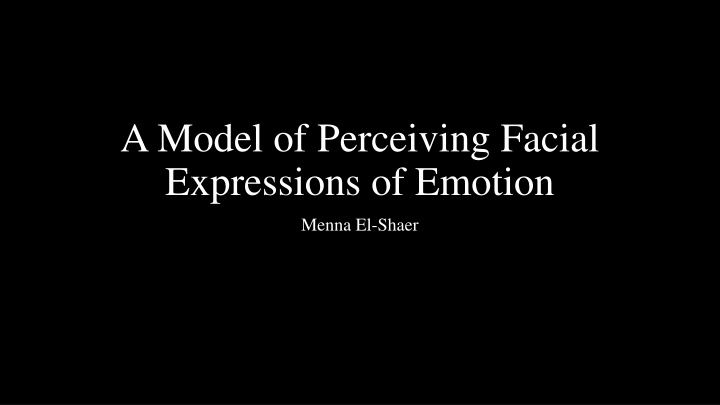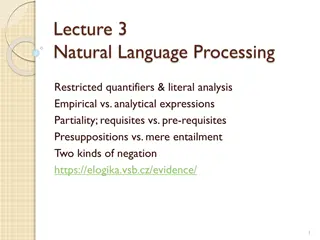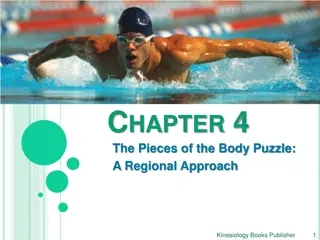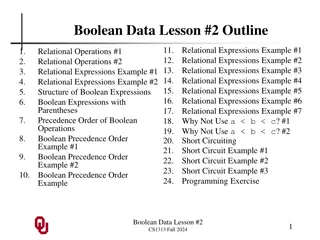
Facial Expression Perception Models
Explore research focused on understanding how different facial landmarks influence the perception of emotions, categorization of facial expressions, and the construction of emotion face spaces. Discover the norm-based and categorical models of perception, along with continuous models that provide insights into recognizing emotions based on facial features.
Download Presentation

Please find below an Image/Link to download the presentation.
The content on the website is provided AS IS for your information and personal use only. It may not be sold, licensed, or shared on other websites without obtaining consent from the author. If you encounter any issues during the download, it is possible that the publisher has removed the file from their server.
You are allowed to download the files provided on this website for personal or commercial use, subject to the condition that they are used lawfully. All files are the property of their respective owners.
The content on the website is provided AS IS for your information and personal use only. It may not be sold, licensed, or shared on other websites without obtaining consent from the author.
E N D
Presentation Transcript
A Model of Perceiving Facial Expressions of Emotion Menna El-Shaer
Research Study Goals Understand how the configuration of different facial landmarks (e.g. mouth, eyes, .) influences how we perceive the expression being shown on the face. Whether certain emotional expressions are easier to identify than others and how that relates to the shape of the components of the face. Determine whether the perception of facial expressions is always categorized into a single emotion or distributed along a continuum of several emotions. Construct an emotion face space, its form and dimensions, that demonstrates human perception of facial expressions of emotion.
Norm-based Representation Du & Martinez (2012)
Categorical Model of Perception Different Emotions are separately classified into categories or face spaces. The farther the distance is from the mean face, the more difficult it is to recognize that face.
Continuous Model of Perception Each emotion category is a subspace in the emotion space which is a linear combination of all emotion categories. Each face is a feature vector in that multidimensional space. The farther the distance is from the mean face, the easier it is to recognize the emotion or face.






















